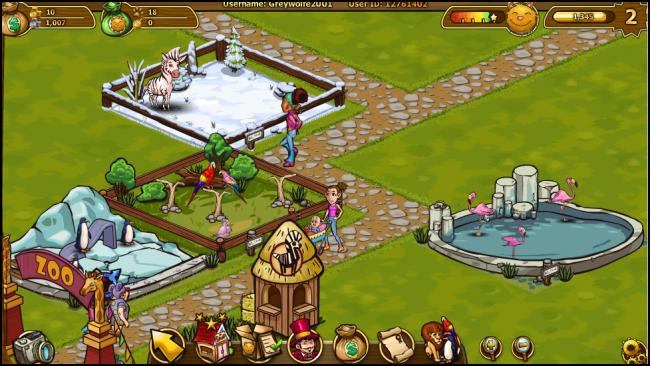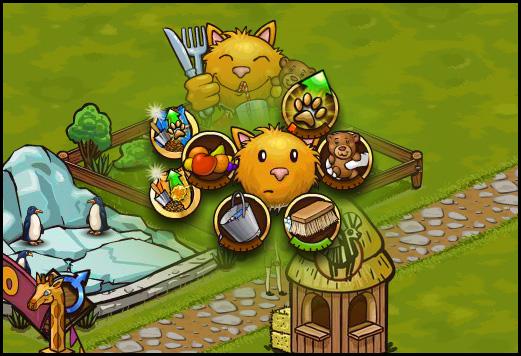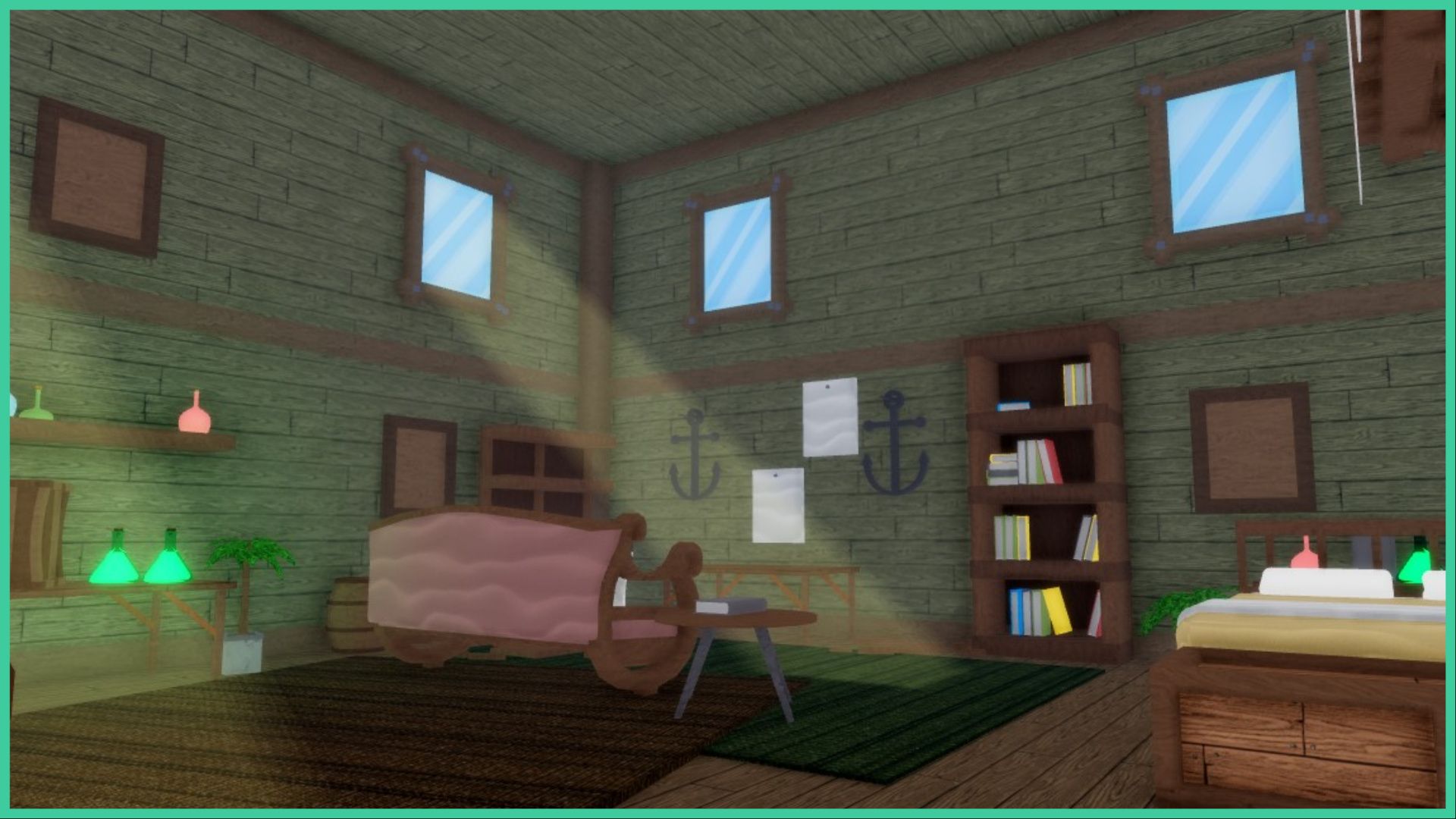- Wondering how to get Monopoly GO! free rolls? Well, you’ve come to the right place. In this guide, we provide you with a bunch of tips and tricks to get some free rolls for the hit new mobile game. We’ll …
All Grades in Type Soul – Each Race Explained
By Adele Wilson
Our All Grades in Type Soul guide lists every grade in the game for all races, including how to increase your grade quickly!Best Roblox Horror Games to Play Right Now – Updated Weekly
By Adele Wilson
Our Best Roblox Horror Games guide features the scariest and most creative experiences to play right now on the platform!All Legacy Piece Races and Buffs – Should You Reroll?
By Adele Wilson
Our Legacy Piece Races guide discusses the buffs that each race provides, their rarities, and if you should reroll or save your spins!
Zoomumba Review
Casual games developer Big Point is getting into the zookeeping business with its simulation title, Zoomumba. The most notable thing about the game is that it enhances the animal care genre instead of offering anything significantly unique. For what it is, however, it works, with most of its problems stem from minor usability issues.

Big Point maintains a pretty average zoo with Zoomumba
Casual games developer Big Point is getting into the zookeeping business with its simulation title, Zoomumba. The most notable thing about the game is that it enhances the animal care genre instead of offering anything significantly unique. For what it is, however, it works, with most of its problems stem from minor usability issues.
For anyone that hasn’t played a zoo-simulation type of app, the core gameplay consists of building various habitats and periodically tending to them so that revenue can be generated. Each animal attraction can have a handful of creatures placed within it. The animals are fed, cleaned, played with, and given water by simply clicking associated gauges. The care and feeding of the zoo animals needs to happen frequently.

Icons appear over habitats that indicate what kind of attention is needed. That’s fine, but the icons like to pop-up when the gauges are not even a quarter of the way drained. It seems minor, but it detracts from the game’s graphics to always have the icons appearing when they’re not necessary. Also, basics like food and water must be purchased, and with the frequent need for care drains very quickly. This, in and of itself, isn’t really a problem, but the only way to buy in bulk is to click a plus button next to the item (in the game’s store) about 50 times or more.
Once animals are taken care of, revenue can begin rolling in. However, it doesn’t come from the animals directly. Assuming the critters are all happy, guests will begin filing in and spend money on various buildings, such as toy booths, concession stands, and feeding stations that can be placed around the virtual space. The more happy patrons there are, the more coin the zoo generates per hour. Of course, like most business sims, each business takes a good chunk of time (an hour or more in some cases) to fill up with revenue and become collectable. Expectantly though, as users level up, they unlock better buildings that can hold more coin.
Zoomumba also features animal breeding. Male and female versions of animals can be purchased, and be bred to produce juveniles that can further increase the quality of one’s space, and by extension, its revenue stream. You can increase revenue from your juveniles by upgrading habitats, but unlike other similar games, Zoomumba uses more than just coin to take things up a level.
Yes, currency is required, but players must also collect a secondary currency called “Pawprints.” These are only gained by caring for one’s animals, but such is not always a guaranteed earning. It appears highly random, thus players must take care of their creatures at every opportunity in order to maximize this output.

Zoomumba also gives players a bunch of short-term goals that change every couple of hours. For the most part, these are pretty straight forward tasks, such as feeding a specific animal a certain number of times or raising a set number of animal cubs. Completing these goals earns the player consumable rewards, like pills that are used to treat sick animals. Unfortunately, the game doesn’t give players a block of mouse-over text explaining what the item is, thus they have to go digging through the in-game store to try and find it.
Otherwise, the whole of Zoomumba isn’t too bad. Visually, it is pretty well polished – when the care icons are not littering the place – so the virtual zoo is relatively gratifying to build. It also helps that most of the animals are interesting to look at, thanks to their random animations. From a core play perspective though, nothing truly stands out as distinctive. What’s present is solid, but as a genre that sees a new incarnation almost weekly, there is little here that gives the game more of a reason to play over other competitors. Still, it is worth checking out and judging for yourself.

The good

The bad
More articles...
Monopoly GO! Free Rolls – Links For Free Dice
By Glen Fox
Wondering how to get Monopoly GO! free rolls? Well, you’ve come to the right place. In this guide, we provide you with a bunch of tips and tricks to get some free rolls for the hit new mobile game. We’ll …All Grades in Type Soul – Each Race Explained
By Adele Wilson
Our All Grades in Type Soul guide lists every grade in the game for all races, including how to increase your grade quickly!Best Roblox Horror Games to Play Right Now – Updated Weekly
By Adele Wilson
Our Best Roblox Horror Games guide features the scariest and most creative experiences to play right now on the platform!All Legacy Piece Races and Buffs – Should You Reroll?
By Adele Wilson
Our Legacy Piece Races guide discusses the buffs that each race provides, their rarities, and if you should reroll or save your spins!







